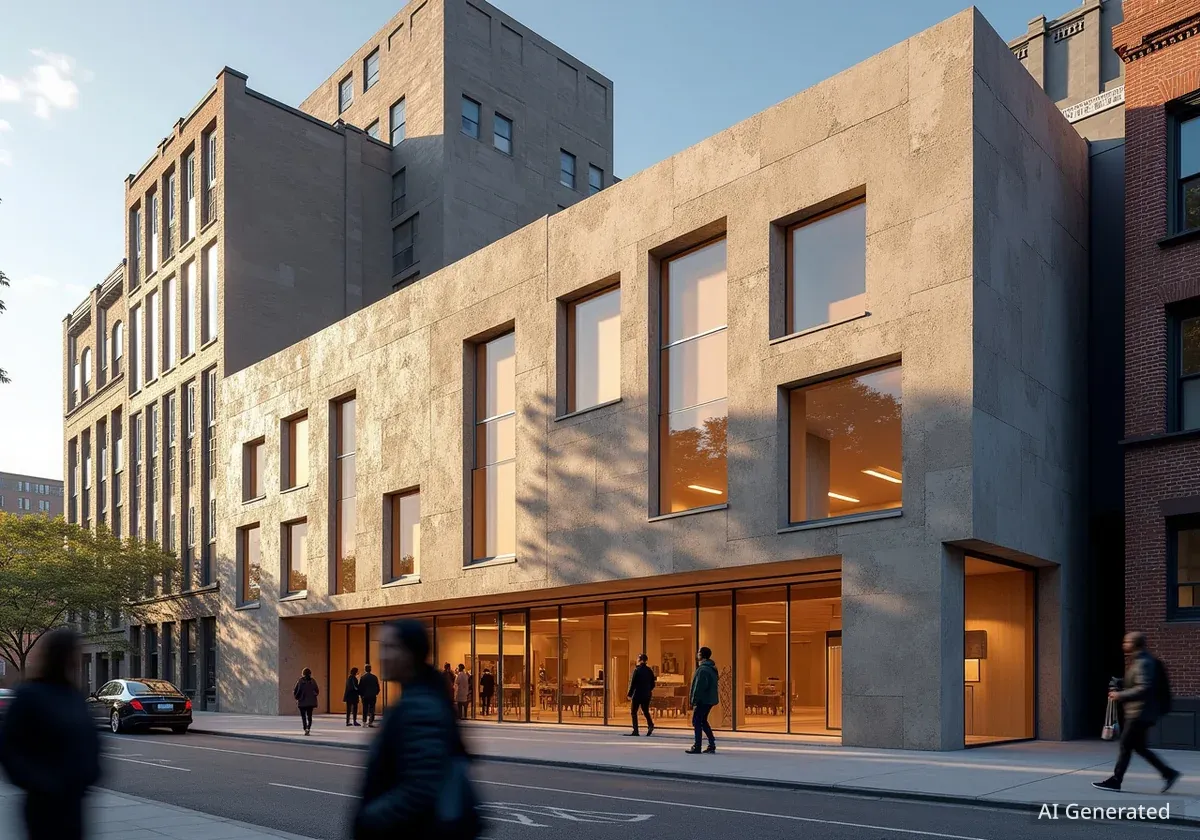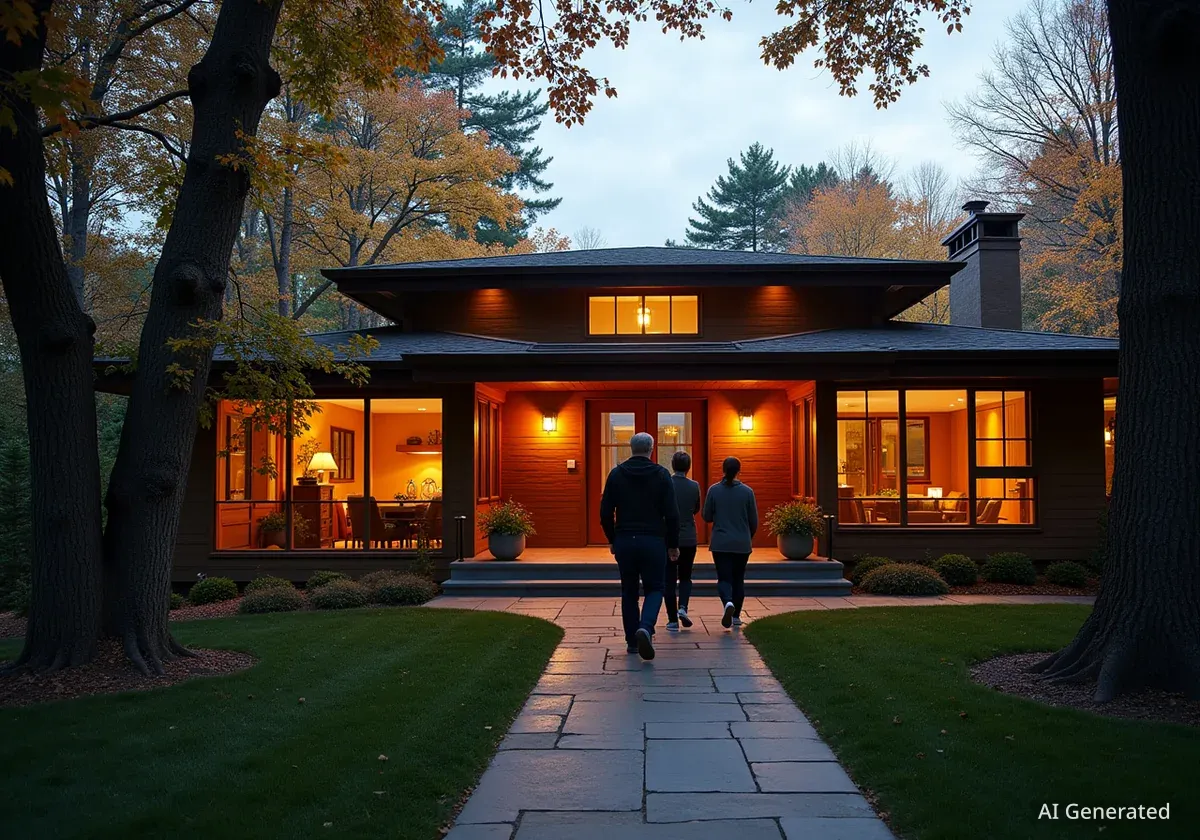Kongjian Yu, the influential Chinese landscape architect and urban planner known for developing the "sponge city" concept, has passed away at the age of 62. Reports from Reuters confirm his death in a plane crash on Tuesday in the wetlands of Mato Grosso do Sul state, Brazil. Yu was reportedly filming a documentary about his work and had recently participated in the São Paulo International Architecture Biennale.
His passing marks a significant loss for environmental sustainability and urban design. Yu's innovative approach to urban planning has been adopted globally, offering cities new strategies to manage water and adapt to climate change.
Key Takeaways
- Kongjian Yu, 62, died in a plane crash in Brazil.
- He was the creator of the globally recognized "sponge city" concept.
- His approach uses nature-based solutions to combat urban flooding.
- The "sponge city" concept became national policy in China in 2013.
- Yu founded Turenscape, a firm with over 500 specialists.
- He was a professor at Peking University and a recipient of the 2023 Cornelia Hahn Oberlander Prize.
Pioneering the Sponge City Concept
Kongjian Yu gained international recognition for his "sponge city" philosophy. This concept advocates for cities to mimic natural systems, absorbing and retaining rainwater rather than relying on traditional concrete drainage. The approach emphasizes the use of permeable surfaces, wetlands, and green spaces.
In 2013, the "sponge city" concept was adopted as a national policy in China. This move highlighted the country's commitment to addressing severe urban flooding and environmental challenges through ecological means.
Fact: Global Impact
The "sponge city" concept has been implemented in hundreds of cities worldwide. This includes major urban centers seeking sustainable solutions for water management and climate resilience.
The core idea behind sponge cities is to work with nature, not against it. This contrasts sharply with conventional urban infrastructure, which often involves extensive concrete and pipe systems designed to quickly channel water away. Yu's vision offered a more harmonious and effective way to manage urban water cycles.
Early Life and Influences
Kongjian Yu was born in a small village in Zhejiang Province, China. He often described himself as a "peasant's son." This upbringing deeply influenced his professional philosophy, fostering a strong connection to nature and rural life.
His early experiences shaped his belief in productive, low-maintenance landscapes. He often spoke about his aversion to purely ornamental designs, preferring instead to create spaces that served ecological functions and supported human well-being.
"We've misunderstood what it means to be developed. We need to develop a new system, a new vernacular to express the changing relationship between land and people."
Background: Ecological Urbanism
Ecological urbanism is a design philosophy that integrates ecological principles into urban planning. It aims to create cities that are environmentally sustainable, resilient, and livable. Kongjian Yu was a leading advocate for this approach, emphasizing the critical role of landscape architecture in achieving these goals.
Turenscape and Academic Contributions
In 1998, Yu established Turenscape in Beijing. This firm grew significantly under his leadership, becoming a globally recognized practice with over 500 specialists. Turenscape has successfully completed more than 600 projects, demonstrating the practical application of Yu's ecological principles on a large scale.
Beyond his professional practice, Yu was a distinguished academic. He served as a professor at Peking University and founded its Graduate School of Landscape Architecture. Through his teaching, he inspired a new generation of landscape architects and urban planners.
Notable Projects
- Sanya Mangrove Park, China: An example of restoring coastal ecosystems for flood protection and biodiversity.
- Benjakitti Forest Park, Thailand: A large urban wetland designed for stormwater management and public recreation.
- Minghu Wetland Park, China: A project showcasing how constructed wetlands can purify water and create vibrant public spaces.
- Qunli Stormwater Wetland Park, China: An innovative design that captures and cleanses urban runoff, preventing flooding.
These projects illustrate the diverse applications of the "sponge city" concept. They show how ecological infrastructure can provide multiple benefits, including flood control, water purification, habitat creation, and public green spaces.
"It is so obvious that by wiser planning and designing of the urban landscape as life-saving and climate-adaptive ecological infrastructure and public space, we can save lives immediately and, in the long term, save the planet."
Awards and Enduring Legacy
Kongjian Yu's profound contributions to landscape architecture and environmental sustainability were widely acknowledged. In 2023, he received the prestigious Cornelia Hahn Oberlander International Landscape Architecture Prize.
The jury for this award praised him as "a force for progressive change in landscape architecture around the world." This recognition underscored the global impact of his ideas and his leadership in promoting nature-based solutions.
Yu's passing leaves a void in the fields he championed. However, his transformative ideas and the numerous projects completed by Turenscape will continue to influence urban development for many years. His legacy encourages cities to rethink their relationship with nature and build more resilient, sustainable futures.
His work remains a blueprint for addressing critical environmental challenges, from urban flooding to climate change adaptation, through thoughtful, ecological design.




